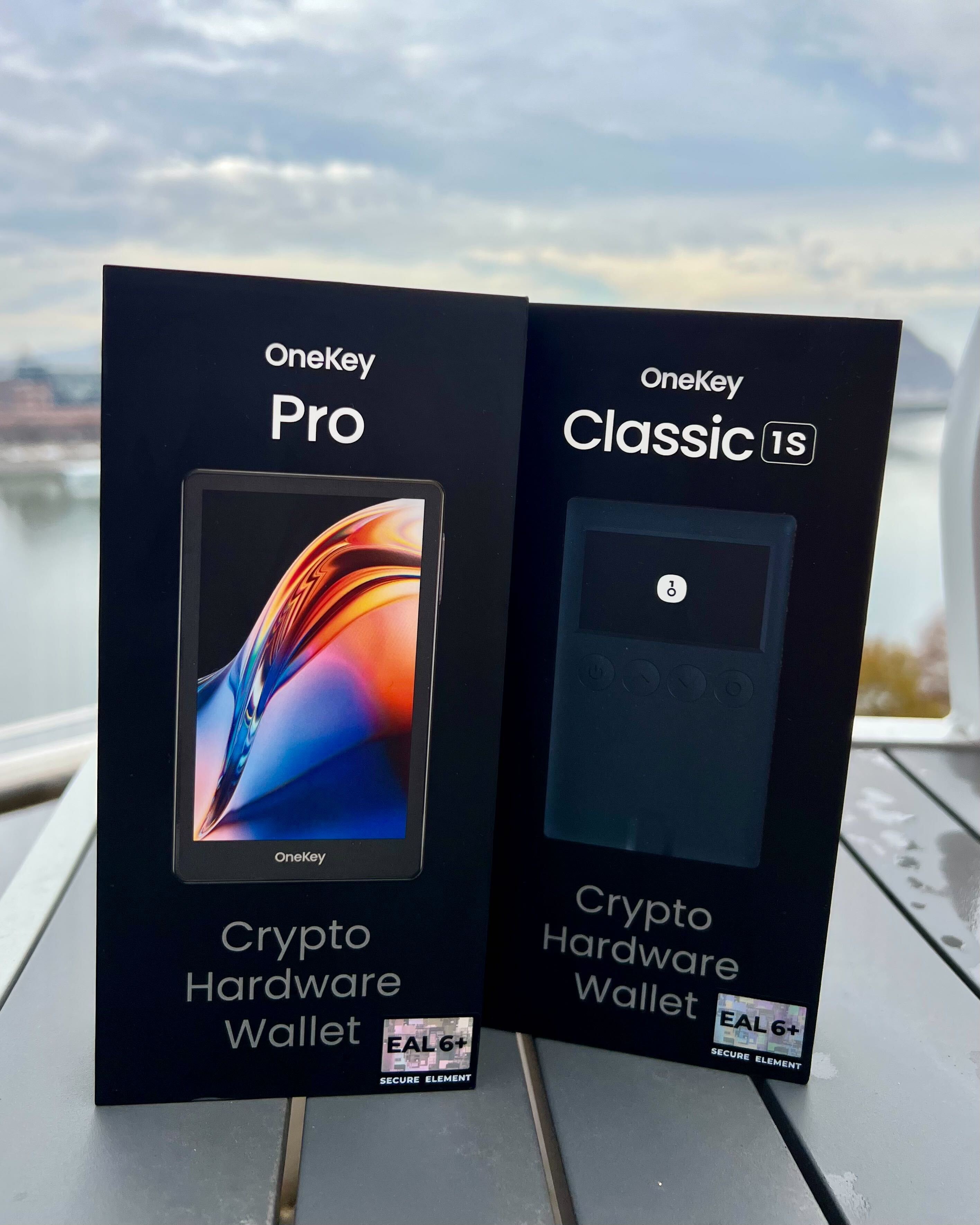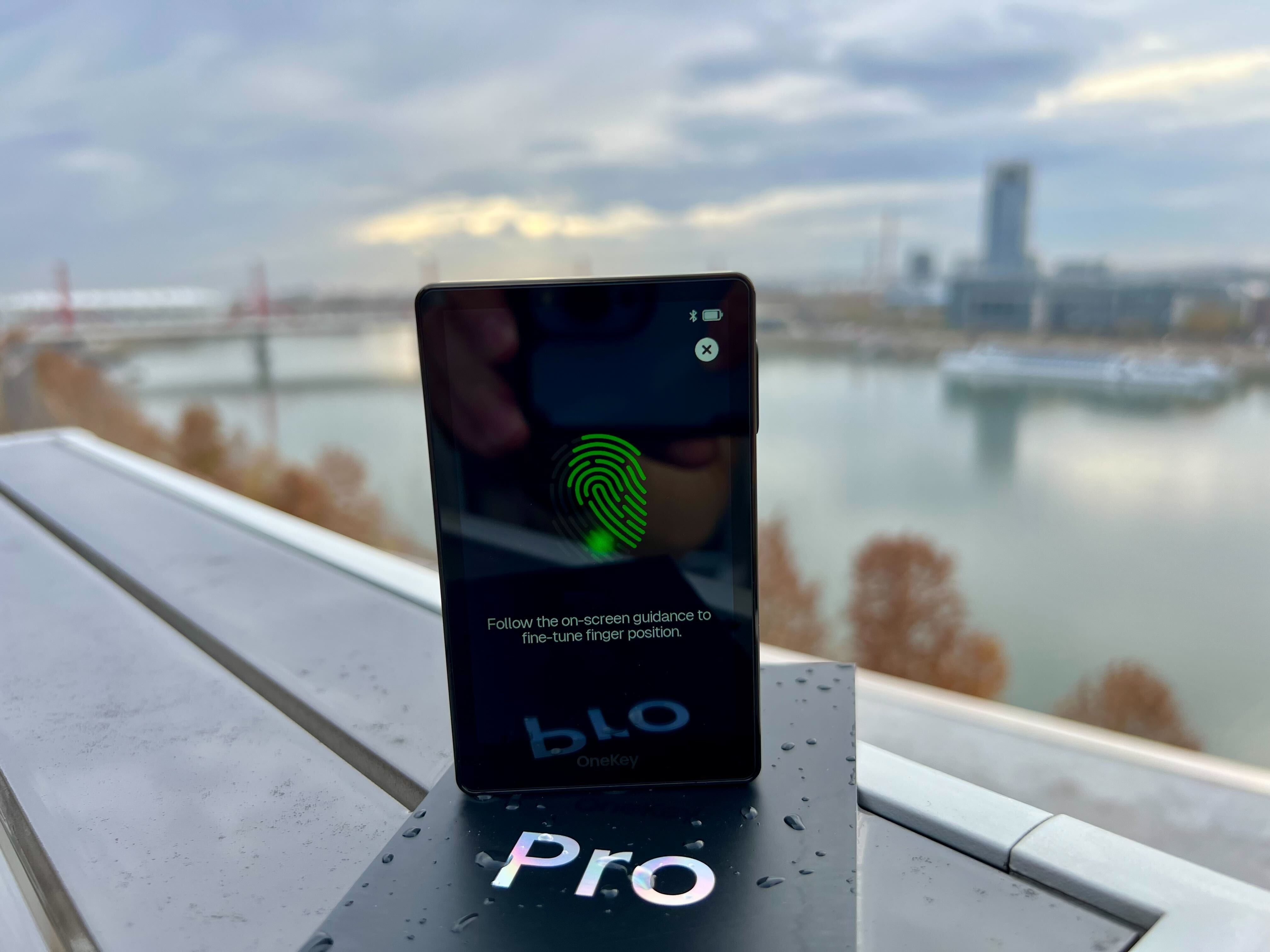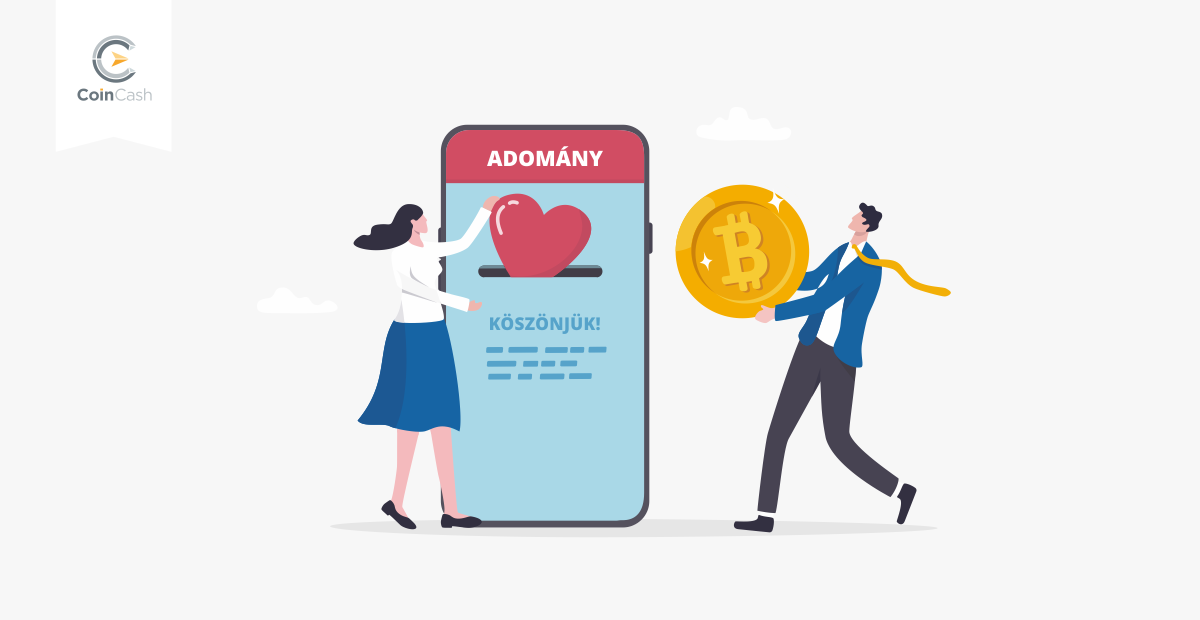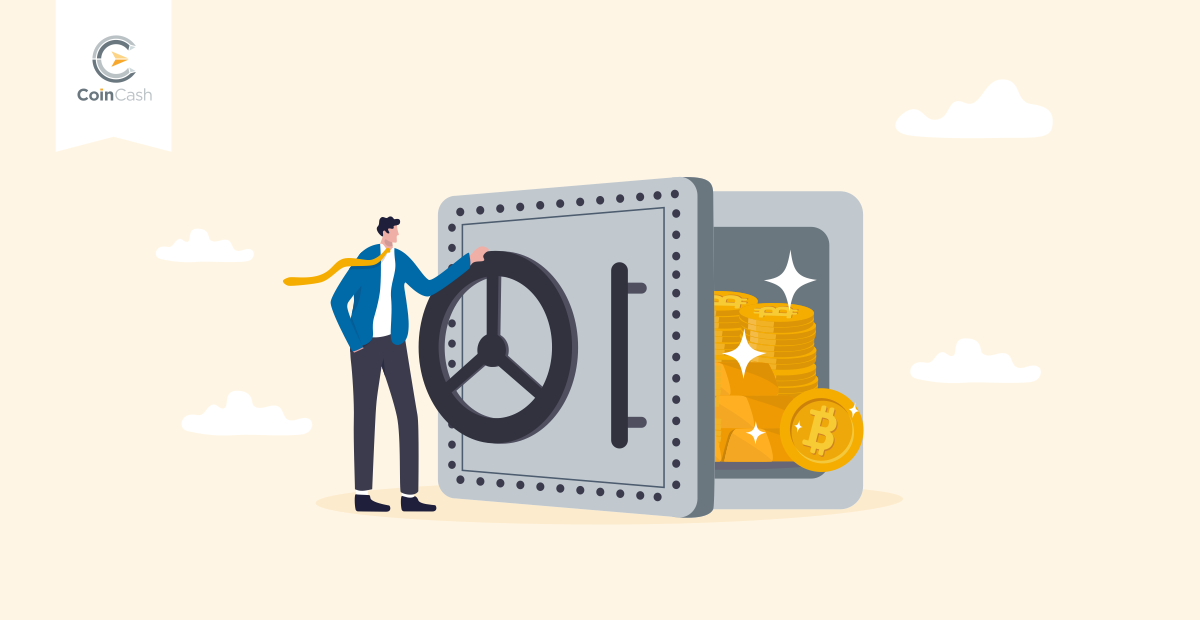An objective analysis of the OneKey Pro's place in the triangle of security, trust, and human conflict.
The Lock That Lasted 67 Years
In 1784, an inventor named Joseph Bramah patented a new type of high-security lock in London. This was no ordinary padlock. Bramah's mechanism used 18 complex, independent internal slides, which together allowed for 470 million possible permutations. The structure was far ahead of its time.
To prove the superiority of his invention, Bramah placed a lock called the "Challenge Lock" in his shop window in 1790. Next to it, he placed a sign that read: "The artist who can make an instrument that will open or pick this lock shall receive 200 Guineas the moment he produces it."
The lock stood in the window for 67 years, untouched.
Then, in 1851, at the Great Exhibition in London, an American locksmith named Alfred Charles Hobbs accepted the challenge. The rules only allowed him to examine the lock and the keyhole. Hobbs, through 51 hours of meticulous work over 16 days, finally opened the lock. The "unpickable" lock failed.
Bramah was not selling metal. He was selling the illusion of perfect security. The 200 Guineas and the 67 years of being untouched were a powerful psychological anchor, suggesting to the world that the problem of security was "solved." The moral of the story, however, is not that Bramah's lock was bad, but that there is no such thing as an "unpickable" lock. Security is not a static product that we buy once. It is a dynamic process; an arms race.
This mindset is essential for understanding the world of cryptocurrency hardware wallets.
The Price of Panic: The "Why" Behind Hardware Wallets
Our financial decisions are rarely driven by cold logic. We are much more often moved by deep, instinctive emotions: greed, envy, and the strongest of all: fear.
A core principle of behavioral economics is loss aversion. This means that we feel the pain caused by a loss about twice as intensely as the joy of an equivalent gain. We fret over a single criticism for days while instantly forgetting a dozen compliments.
Parallel to this, we crave the illusion of control. We want to feel that we are in charge of things in a fundamentally unpredictable world. Traditional banks have been selling us this illusion for centuries: with thick marble walls and massive steel vaults, they convey the message that our wealth is "safe." Cryptocurrency exchanges (CEXs) tried to take on this role in the digital age.
Then came the collective traumas that shattered this illusion.
The first trauma was Mt. Gox in 2014. This Tokyo-based exchange once handled more than 70% of the world's Bitcoin trading. When it collapsed, 850,000 BTC disappeared. This was a technical failure: the private keys of the exchange's "hot wallet" (internet-connected wallet) were stolen.
The second, perhaps even deeper trauma was FTX in 2022. FTX was a celebrated company valued at $32 billion, the "good guy" of the sector. Its collapse was not caused by an external hack, but by a complete abuse of centralized trust: the management treated customer funds as their own and transferred them to its sister company, Alameda Research. This was a human and trust failure.
In the weeks following the FTX collapse, blockchain data showed a dramatic change: investors frantically began withdrawing their assets from centralized exchanges into self-custody wallets. The pain of loss aversion proved stronger than the desire for convenience.
These two catastrophes gave birth to and elevated to a philosophical height the fundamental mantra of the crypto community: "Not your keys, not your coins." This phrase is not technical advice, but an emotional and philosophical stance. It is the rejection of centralized trust.
The hardware wallet is the physical embodiment of this stance. The user is not buying a device, but buying back control—or at least the possibility of it.
.jpg)
Anatomy of the Modern Fortress
When we buy a "cold wallet," we are actually buying a series of technological solutions that serve a single purpose: the protection of our private key. To objectively evaluate a device like the OneKey Pro, we must first translate the jargon into simple, human analogies.
The Private Key
- What does it mean? It is not the "money" itself. Cryptocurrencies exist on the blockchain, a global, shared ledger. The private key is an extremely long, randomly generated series of numbers that proves ownership. With this key, we can "digitally sign" a transaction and authorize the movement of coins.
- The Analogy: Your private key is the single, non-copyable master key to your safe. Your public key (your crypto address) is the number of the safe, which you can safely give to anyone to put money in. But only the private key can take it out. Keeping your money on an exchange (e.g., FTX) is like keeping your master key in the bank director's drawer—trusting that they will never abuse it.
The Secure Element (SE)
- What does it mean? This is a "tamper-resistant" microchip specifically designed to securely store and isolate critical data, such as cryptographic keys. Similar chips are used in modern passports and bank cards. The chip resists physical attacks (e.g., voltage fluctuation, extreme temperature, acid attacks). The security level is indicated by EAL (Evaluation Assurance Level) certification; EAL5+ means "high" and EAL6+ means "very high" security level.
- The Analogy: If the hardware wallet is a safe, the Secure Element is a smaller, sealed mini-vault inside it that contains only the master key itself. It is designed so that if a thief tries to open it with a drill, acid, or other physical tools, the chip will rather destroy its contents than reveal the key.
The "Air-Gap"
- What does it mean? This is the peak of security paranoia. "Air-gap" means that the wallet is physically completely separated from the internet and all network connections—no USB, no Bluetooth, no WiFi, no NFC. Communication happens exclusively visually, using QR codes: the software wallet (e.g., a mobile phone) shows a QR code (the unsigned transaction), the hardware wallet's camera scans it, the user approves it, the wallet signs it with the key, and then shows a new QR code (the signed transaction) on its screen, which the phone's camera scans and sends to the network.
- The Analogy: The air-gap is the "doorless" vault. It is completely walled in. The only way to communicate is through a small slot in the wall. The user pushes a paper through the slot (the QR code of the unsigned transaction). The banker inside (the private key) signs the paper, and then pushes the signed document out through the slot (the QR code of the signed transaction). The banker—the key—never, under any circumstances, leaves the sealed room.
These technologies form a spectrum where the two endpoints are security and convenience. The more convenient a solution (e.g., an exchange), the less secure it is. The more secure (e.g., Air-Gap), the more inconvenient it is to use. Excessive complexity, however, can itself be a security risk: if a device is so complicated that the user is afraid to use it or makes a mistake during setup, then the technological superiority turns into a behavioral disadvantage.
The OneKey Pro Fact Sheet
The OneKey Pro hardware wallet is a relatively new player on the market that attempts to address the psychological and technological needs outlined above. To maintain objectivity, the facts communicated by the manufacturer and the product features that determine its market position are listed below.
- Answer to Complexity (Convenience): The OneKey Pro clearly aims for a "smartphone-like" experience to reduce user fear. It achieves this with a large, 3.5-inch color touchscreen, a fingerprint sensor in the side button, and Qi wireless charging. According to the manufacturer, the setup process is fast and "feels natural."
- Answer to Security (Hardware): The manufacturer claims that the device contains four EAL6+ certified Secure Element chips. This number (four) is psychologically powerful, similar to Bramah's 18 slides; it creates a sense of redundancy, although most competitors use a single chip.
- Answer to the Security-Convenience Spectrum (Connectivity): This is one of the central features of the device. The OneKey Pro is a "Swiss Army knife": the user can choose. They can use the highest security "Air-Gap" mode with QR code signing, but they can also choose the more convenient Bluetooth or NFC connection. This allows the user to decide where they want to be on the paranoia-convenience spectrum.
- Answer to the "What Am I Signing?" Problem: In the age of DeFi and NFTs, most attacks are not aimed at stealing the key, but at tricking the user into signing a malicious transaction ("blind signing"). The OneKey Pro addresses this with a feature called "SignGuard," which, according to the manufacturer, analyzes (parses) the transaction in detail on the device's large screen and integrates the GoPlus and Blockaid databases to warn in real time about known phishing and scam addresses.
- Answer to Privacy (Trust): One consequence of the FTX trauma is distrust of service providers. The OneKey Pro responds to this by claiming that no registration is required to use the wallet, it does not collect telemetry (user behavioral data), and its accompanying software application works in offline mode.

Verification of Trust: The Open-Source Debate and Market Compromises
After FTX, the principle of "Don't trust, verify" became more important than ever. In the crypto ecosystem, this is synonymous with open-source code. If a device's firmware (its brain) is open-source, independent experts can verify that the code truly does what it claims and does not contain hidden "backdoors" or vulnerabilities.
This is where the OneKey Pro story becomes nuanced and instructive.
OneKey promotes itself as a "100% open-source" product, including the firmware, applications, and even the hardware designs. They claim that the builds are "reproducible"—meaning anyone can compile the public code, and the result will match the official update bit for bit.
Objectivity, however, requires examining independent verification. WalletScrutiny.com, a community project that performs exactly this verification, initially classified the OneKey Pro as "not verifiable." This was a serious red flag that contradicted the company's marketing.
Here is the twist: an independent security researcher's analysis, updated in October 2025, notes: "When this article was originally written, the OneKey Pro did not pass Wallet Scrutiny's open-source tests. Since then, however, it has passed!" OneKey's own blog in 2025 also proudly refers to the product "passing all 10 WalletScrutiny checks."
This story—the initial failure and the improvement due to public pressure—is ironically the best argument for the open-source model. It shows that transparency enforces improvements, and the process works.
This debate stands in sharp contrast to the compromises made by other market players:
- The Ledger Compromise: Ledger (e.g., the Stax) offers premium hardware, but its firmware (operating system) is closed-source. This is a "trust me" model. The "Ledger Recover" scandal in 2023 showed the risk of this model: it was revealed that the firmware could access the key and upload it in segments to a cloud. This undermined the fundamental promise that the key "never leaves the device" and caused a serious crisis of trust.
- The Trezor Compromise: Trezor is traditionally the most open, most philosophical choice. In return, earlier models (Trezor One, Model T) did not use a Secure Element, which made them vulnerable to physical attacks. The key could be extracted with a 15-minute "voltage glitching" attack. The new Trezor Safe 5 already addresses this with an EAL6+ chip, but the arms race continues: Ledger's security team (Ledger Donjon) found a vulnerability in the new Trezor Safe 3 architecture.
In this context, the OneKey Pro represents the middle ground. It promises to combine the premium hardware feel of Ledger (SE chip, large screen, wireless charging) with the philosophical promise of Trezor (full open-source).
The table below distills the real compromises between the market-leading devices in 2025.
Hardware Wallet Compromise Matrix (2025)
| Feature | OneKey Pro | Ledger Stax | Trezor Safe 5 |
|---|---|---|---|
| Security Chip (SE) | 4 × EAL6+ (Manufacturer claim)* | 1 × EAL6+ | 1 × EAL6+ |
| Firmware Source Code | Open Source | Closed Source | Open Source |
| Reproducible Build? | Yes (Verified since 2025) | No (Closed code) | Yes |
| Air-Gap Support | Yes (QR Code) | No | No |
| Screen | 3.5" Color Touch | 3.7" E-Ink Touch | 1.54" Color Touch |
| Main Compromise | Complexity: Tries to be "everything," resulting in a larger attack surface (Bluetooth/NFC) | Trust: Premium experience, but the user must trust the closed code and the company (Ledger Recover). | Hardware: The purest open-source model, but historically lagged in physical security. |
Conclusion: Preparedness, Not Perfect Security
Returning to Bramah's lock: it was picked. Mt. Gox was robbed. Those who trusted FTX were betrayed. Ledger lost trust. Trezor was physically attacked. OneKey's open-source status was initially incomplete and had to be corrected due to public pressure.
The lesson is that "risk is what remains after you thought of everything." There is no such thing as "perfect security."
Buying a hardware wallet is not the end of the story. It is not the purchase of the illusion of control, but a tool for achieving a state of preparedness. The OneKey Pro is a tool in this process. Its place in the market is the maximization of choice: the user can choose between convenience (Bluetooth, Qi charging) and paranoia (Air-Gap); they can enjoy the premium hardware (large touchscreen) while receiving the promise of open-source verifiability (now).
The final decision is not about which wallet is the "best." It is about which set of available compromises best fits the user's own psychological profile, their visceral fear of loss, and their genuine—not illusory—need for control.
If you’d like to purchase a OneKey hardware wallet at a discounted price, click here.



